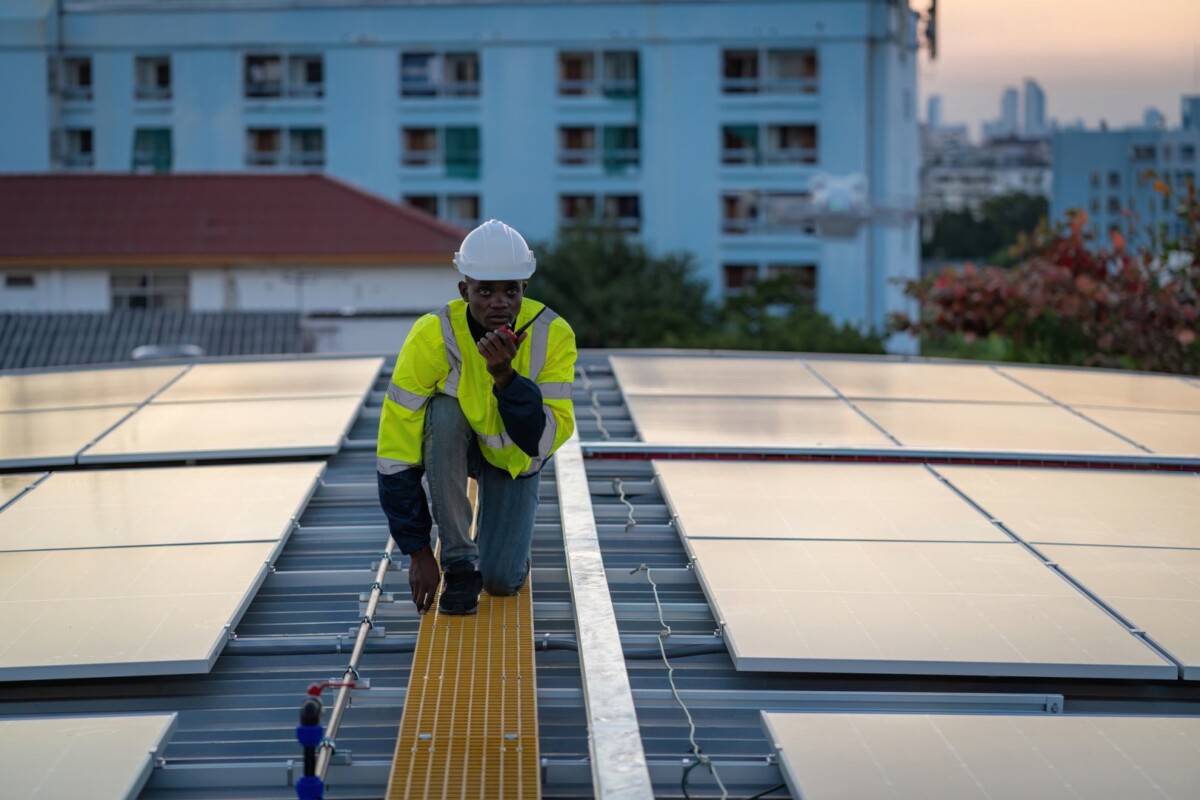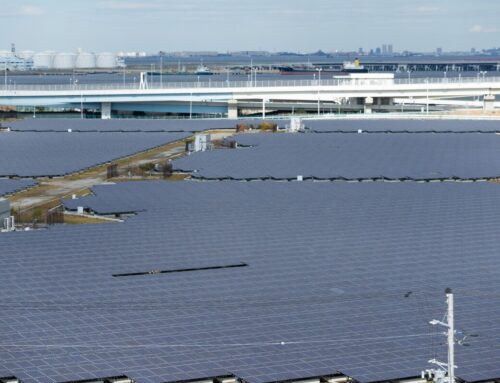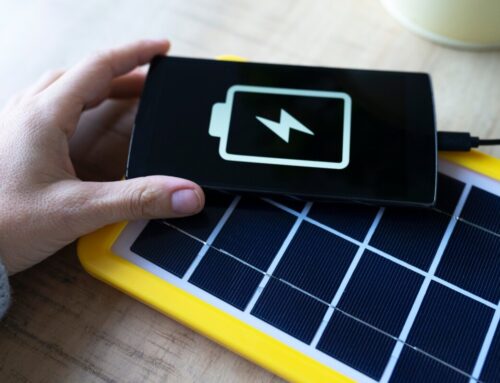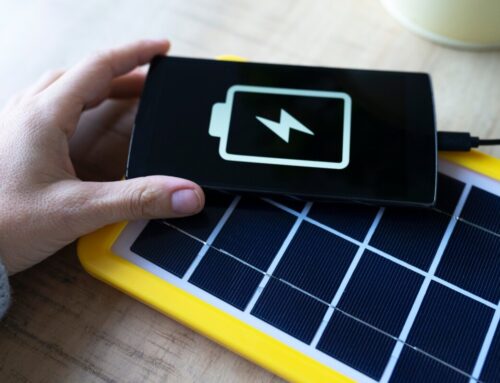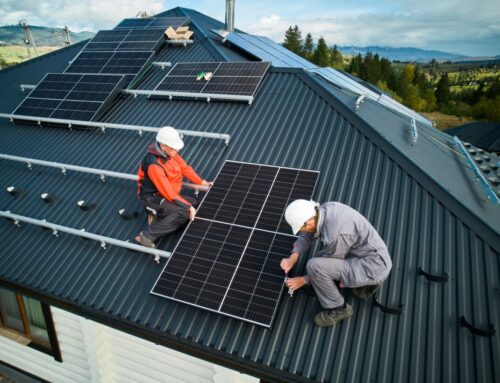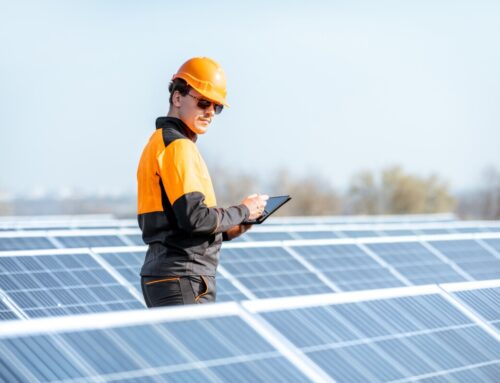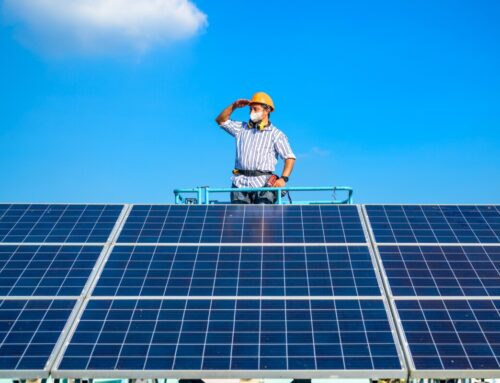Cost to Build a Solar Farm: Key Insights
Understanding the Cost to Build a Solar Farm: Key Factors to Consider
Building a solar farm is akin to planting a garden of energy, requiring careful planning and investment. Grasping the cost to build a solar farm is essential for budgeting and ensuring financial viability. Key factors influencing these costs include location, size, and technology.
Location Matters
The location significantly impacts costs, with sunny, open areas being ideal. However, land prices vary, and factors like accessibility and proximity to power lines can add to expenses.
Size and Scale
The farm’s size affects energy production and costs. Larger farms need more panels, increasing initial investment but benefiting from economies of scale, reducing the cost per energy unit.
- Land acquisition
- Permitting and legal fees
- Construction and labor costs
Technology and Equipment
The choice of solar panels and technology also influences costs. Advanced panels may be costlier but offer better efficiency and durability. Balancing upfront costs with long-term benefits is crucial when selecting equipment.
Understanding these factors helps in planning and managing the cost to build a solar farm, ensuring a successful and sustainable energy project.
How Much Does It Really Cost to Build a Solar Farm? Breaking Down the Numbers
Building a solar farm is like planting a garden of energy, but how much does it really cost to build a solar farm? Understanding these costs is crucial for anyone considering this green investment. Let’s dive into the numbers and see what it takes to turn sunlight into electricity.
Initial Costs
- Land Acquisition: The first step is finding the right spot. Land prices can vary widely depending on location, but on average, you might spend $1,000 to $5,000 per acre.
- Solar Panels: These are the heart of your solar farm. Expect to pay between $0.50 to $0.70 per watt, which adds up quickly when you’re installing thousands of panels.
Installation and Labor
Once you’ve got the land and panels, it’s time to set everything up. Labor costs can range from $0.30 to $0.50 per watt. This includes everything from mounting the panels to connecting them to the grid.
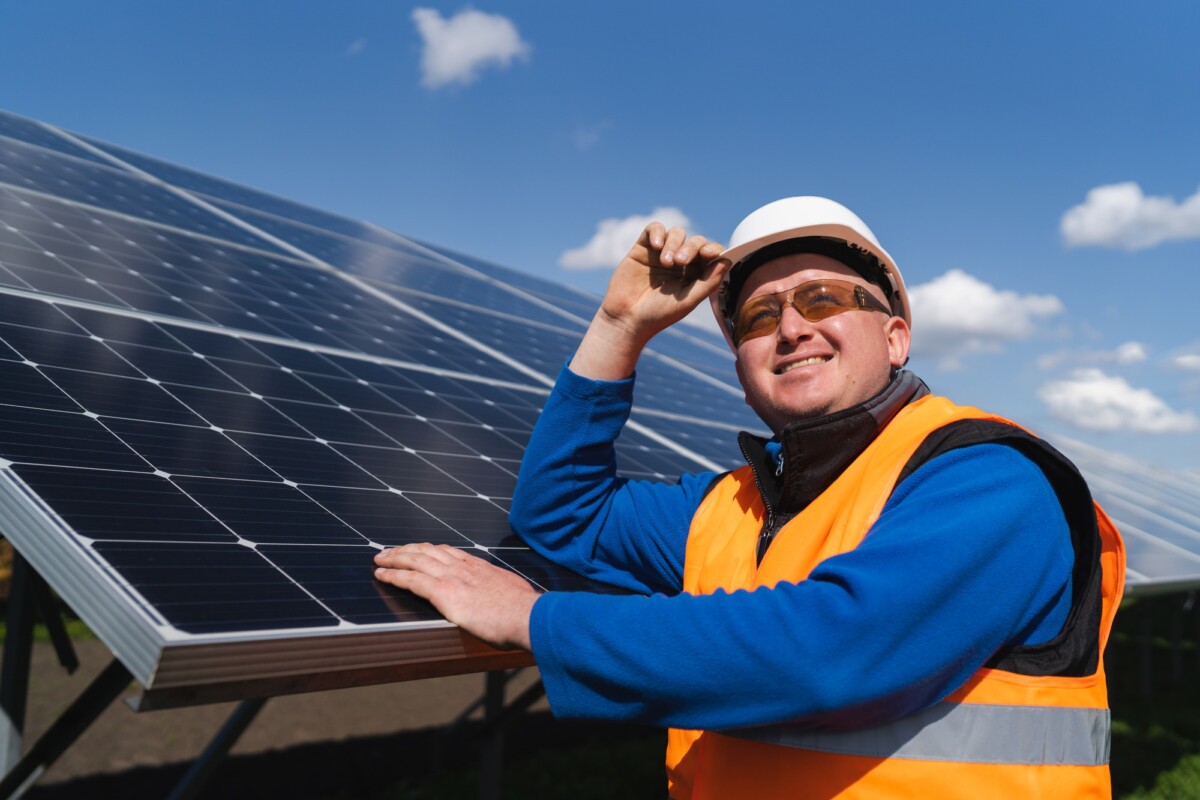
Curious about solar? Let us help you discover how solar energy can revolutionize your home and save you money. Request Your Free Solar Estimate at SOLAR ENERGY
Ongoing Maintenance
Even after your solar farm is up and running, there are costs to consider. Regular maintenance ensures everything runs smoothly, costing around $15 to $25 per kilowatt per year. This keeps your solar garden blooming with energy year-round.
The Financial Benefits of Investing in a Solar Farm: Is It Worth the Cost?
Investing in a solar farm might seem daunting due to the initial cost to build a solar farm, but the financial benefits can make it worthwhile. Solar farms not only support environmental sustainability but also offer long-term savings and potential profits.
Why the Initial Cost Matters
Building a solar farm requires a significant upfront investment, including purchasing solar panels, inverters, and other equipment. Additionally, costs for land acquisition and installation can vary based on location and size.
Long-Term Savings and Profits
Once operational, solar farms significantly reduce energy bills by generating electricity at a lower cost. Government incentives, such as tax credits, also help make the initial investment more manageable.
Environmental and Economic Impact
Solar farms provide clean, renewable energy, reducing reliance on fossil fuels. They also create jobs, boosting local economies.
In conclusion, despite the substantial initial cost to build a solar farm, the long-term financial and environmental benefits make it a worthwhile investment.
Exploring the Cost Components: What Drives the Price of Building a Solar Farm?
Understanding the cost to build a solar farm is crucial for anyone considering investing in renewable energy. Solar farms are not just about panels; they involve a variety of components and considerations that can significantly impact the overall price. Let’s dive into what makes up these costs and why they matter.
Key Cost Components
- Land Acquisition: The location and size of the land can greatly affect costs. More land means more panels, but also higher expenses.
- Solar Panels: These are the heart of the farm. The type and efficiency of panels chosen will influence the budget.
- Installation and Labor: Skilled workers are needed to install the panels and set up the infrastructure, adding to the overall cost.
Additional Factors
- Permits and Regulations: Navigating local laws and obtaining necessary permits can be both time-consuming and costly.
- Maintenance and Operations: Even after setup, ongoing maintenance ensures the farm runs efficiently, adding to long-term costs.
By understanding these components, you can better grasp why the cost to build a solar farm varies and how to plan effectively for your renewable energy project.
How Location Impacts the Cost to Build a Solar Farm: Choosing the Right Site
The cost to build a solar farm is heavily influenced by location, much like how a garden thrives better in a sunny field than a desert. Choosing the right site can significantly impact your budget and efficiency. Here’s why location is crucial.
Sunlight Availability
- More Sun, More Power: Sun-rich areas generate more energy, lowering long-term costs.
- Cloudy Days: Cloudy regions may require more panels, raising initial expenses.
Land Costs
- Urban vs. Rural: Rural land is cheaper, but urban areas might offer superior infrastructure.
- Size Matters: Larger plots can be pricier but support bigger, more efficient farms.
Infrastructure and Accessibility
- Road Access: Good road access reduces transportation costs for materials and upkeep.
- Proximity to Power Grids: Being near power lines cuts down on grid connection expenses.
Selecting the ideal location is akin to finding a treasure chest’s perfect spot. It can greatly affect the cost to build a solar farm, making it essential to weigh these factors carefully.
Cost to Build a Solar Farm: Navigating Permits and Regulations
Building a solar farm is like creating a garden of energy, where electricity blooms instead of flowers. Knowing the cost to build a solar farm is essential for budgeting and avoiding unexpected expenses. Permits and regulations significantly influence these costs.
Understanding Permits
Permits are crucial, acting as government-issued permission slips that ensure safety and compliance. The cost of permits varies by location but is an unavoidable part of the process.
Navigating Regulations
Regulations are essential rules that protect the environment and ensure efficient operation. They can increase costs due to the need for special equipment or additional compliance steps.
- Local Zoning Laws: Confirm your land is suitable for solar use.
- Environmental Impact Assessments: Ensure the farm doesn’t harm local wildlife.
- Safety Standards: Adhere to guidelines for the safety of workers and the community.
By understanding these permits and regulations, you can more accurately estimate the cost to build a solar farm and ensure a seamless transition from planning to operation.
Innovative Financing Options to Manage the Cost to Build a Solar Farm
Building a solar farm is a fantastic way to harness renewable energy, but understanding the cost to build a solar farm is crucial. The initial investment can be daunting, but innovative financing options can make this green dream a reality.
Understanding the Costs
- Land Acquisition: Securing land is the first step and can vary greatly in cost depending on location.
- Equipment and Installation: Solar panels, inverters, and other equipment form a significant part of the budget.
- Permits and Fees: These are necessary for legal compliance and can add up quickly.
Innovative Financing Options
- Power Purchase Agreements (PPAs): These allow you to pay for the energy produced rather than the panels themselves, reducing upfront costs.
- Solar Leases: Similar to leasing a car, you pay a monthly fee to use the solar equipment.
- Government Incentives: Tax credits and rebates can significantly lower the cost to build a solar farm.
By exploring these options, you can manage the cost to build a solar farm effectively, making sustainable energy more accessible and affordable.
How SolarEnergy Can Help You Optimize the Cost to Build a Solar Farm
Building a solar farm is an excellent way to tap into renewable energy, but understanding the cost to build a solar farm is essential. It’s not just about the initial expense; making smart decisions can lead to significant savings over time. SolarEnergy is here to guide you through these financial intricacies effectively.
Key Factors Influencing Costs
- Location: Costs differ based on land prices and sunlight availability.
- Size: Larger farms may have higher initial costs but benefit from economies of scale.
- Technology: Selecting the right technology enhances efficiency and reduces expenses.
Our Expertise
SolarEnergy provides expert advice to help you make informed choices. We offer insights into choosing the best location and technology, ensuring maximum return on your investment. Our team supports you at every stage, making the process seamless and cost-effective.
Benefits of Partnering with Us
- Cost Savings: We identify cost-cutting opportunities without sacrificing quality.
- Expert Guidance: Our experienced team is ready to assist you.
- Sustainable Solutions: We prioritize eco-friendly practices that save money and protect the planet.
Choosing SolarEnergy means investing in a sustainable future. Let us help you optimize the cost to build a solar farm and ensure your project’s success.
Future Trends: How Technological Advances Are Reducing the Cost to Build a Solar Farm
Building a solar farm is like planting a garden of energy, but it requires an initial investment. The cost to build a solar farm is crucial as it influences the price of clean energy. Fortunately, technological advancements are making these energy gardens more affordable.
Smarter Solar Panels
New solar panels are more efficient, capturing more sunlight and converting it into energy, which means fewer panels are needed, reducing costs. Additionally, modern panels are more durable, lasting longer and minimizing replacement expenses.
Innovative Installation Techniques
Robots now assist in installing solar panels quickly and accurately, cutting labor costs. Prefabrication allows parts of solar farms to be built in factories and assembled on-site, speeding up the process and lowering expenses.
Energy Storage Solutions
Advancements in battery technology enable solar farms to store more energy, ensuring reliability even on cloudy days. Improved grid integration allows solar farms to efficiently share energy, maximizing their value.
In summary, as technology advances, the cost to build a solar farm decreases, making clean, affordable energy accessible to more people and benefiting our planet.
Don’t wait to go solar! Thousands of homeowners are saving—join them and start reaping the benefits.
Book Your Free Consultation at SOLAR ENERGY
Explore additional solar solutions at NEW SOLAR QUOTES and discover how it can benefit your home!

